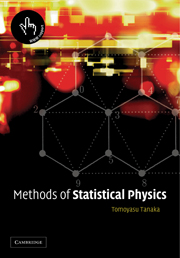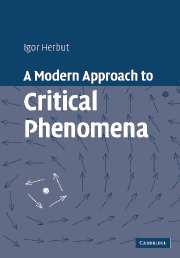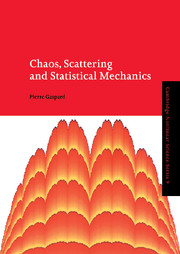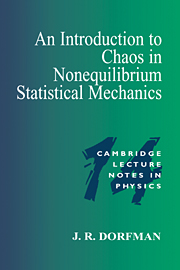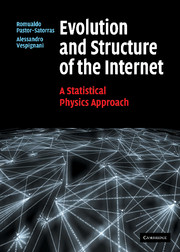Introduction
It is well known [AJB99, Bol85, CL01, BNKM01] that random networks, such as Erdős-Rényi networks [ER59, ER60] as well as partially random networks, such as small-world networks [WS98], have a very small average distance (or diameter) between nodes, which scales as d ˜ ln N, where N is the number of nodes. Since the diameter is small even for large N values, it is common to refer to such networks as “small-world” networks. Many natural and man-made networks have been shown to possess a scale-free degree distribution, including the Internet [FFF99], WWW [AJB99, BKM+00], metabolic [JTA+00] and cellular networks [JMBO01], as well as trust cooperation networks [GGA+02] and email networks [EMB02]. For more details, see Chapter 3.
The question of the diameter of such networks is fundamental. It is relevant in many fields regarding communication and computer networks, such as routing [GKK01b], searching [ALPH01], and transport of information [GKK01b]. All these processes become more efficient when the diameter is smaller (see, e.g., [LCH+06]). It might also be relevant to subjects such as the efficiency of chemical and biochemical processes and the spreading of viruses, rumors, etc. in cellular, social, and computer networks. In physics, the scaling of the diameter with the network size is related to the physical concept of the dimensionality of the system, and is highly relevant to phenomena such as diffusion, conduction, and transport in general.
